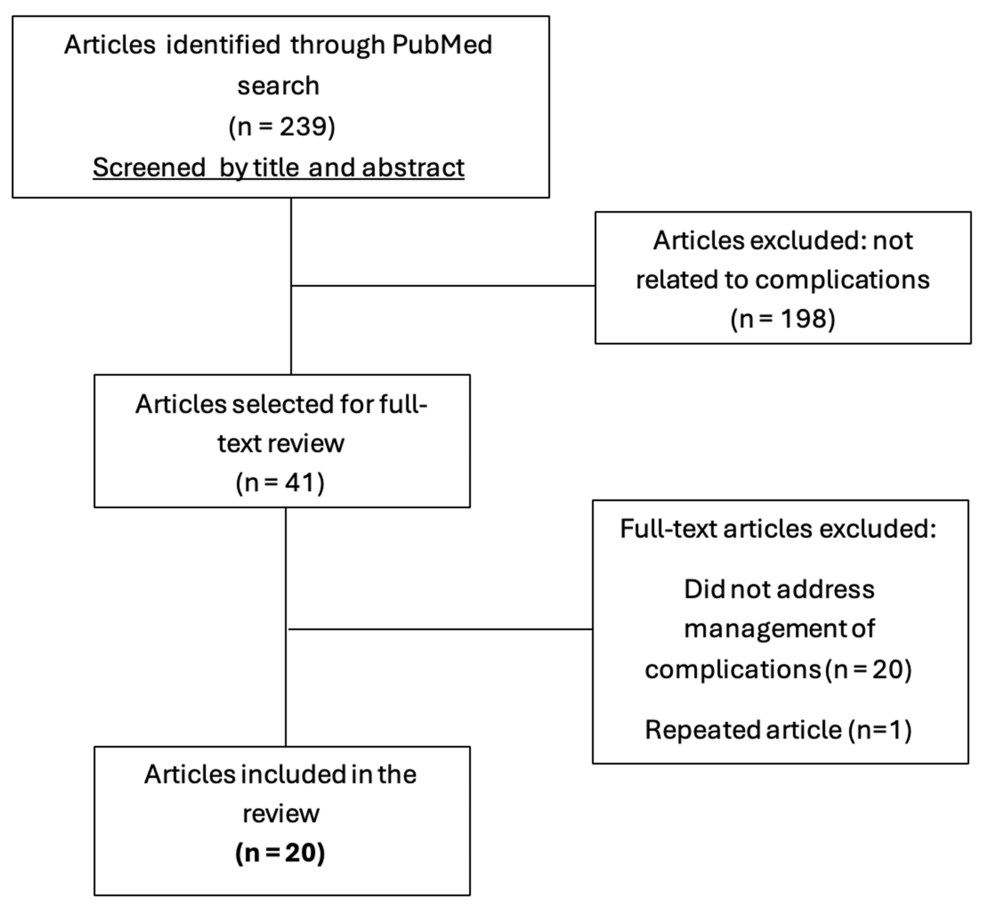The drug pipeline for amyotrophic lateral sclerosis (ALS) has expanded significantly in the last decade, with several different types of molecules and mechanisms starting to come into play. Among these include Amylyx’s AMX0144, an…
Category: 6. Health
-

Horror of Life on Roman Frontier Revealed in Gut-Wrenching Study : ScienceAlert
Roman soldiers garrisoned at the fort of Vindolanda, located near Hadrian’s Wall in northern England, were riddled with parasites that sapped their fighting fitness.
In addition to lice-infested tunics and runny noses, Rome’s military might…
Continue Reading
-

Psoriasis Treatment Response Restored With NB-UVB
ADJUNCTIVE narrowband ultraviolet B (NB-UVB) phototherapy may help restore clinical response in patients with chronic plaque psoriasis who experience secondary failure to adalimumab, according to a small prospective exploratory cohort…
Continue Reading
-
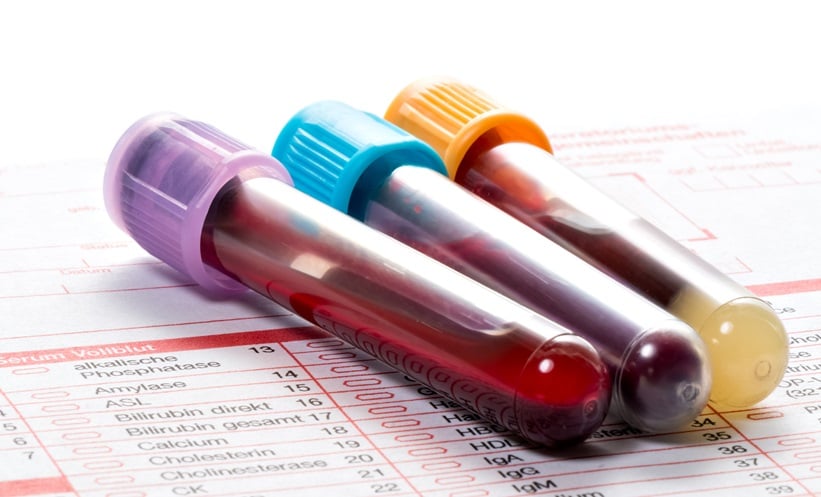
Elevated liver enzyme levels increase Type 2 Diabetes risk
A JAPANESE cohort study has found having persistently elevated liver enzyme levels in early adulthood can increase the risk of type 2 diabetes. Data from annual health check records of 24,380 individuals aged 30-64 was used to track the…
Continue Reading
-
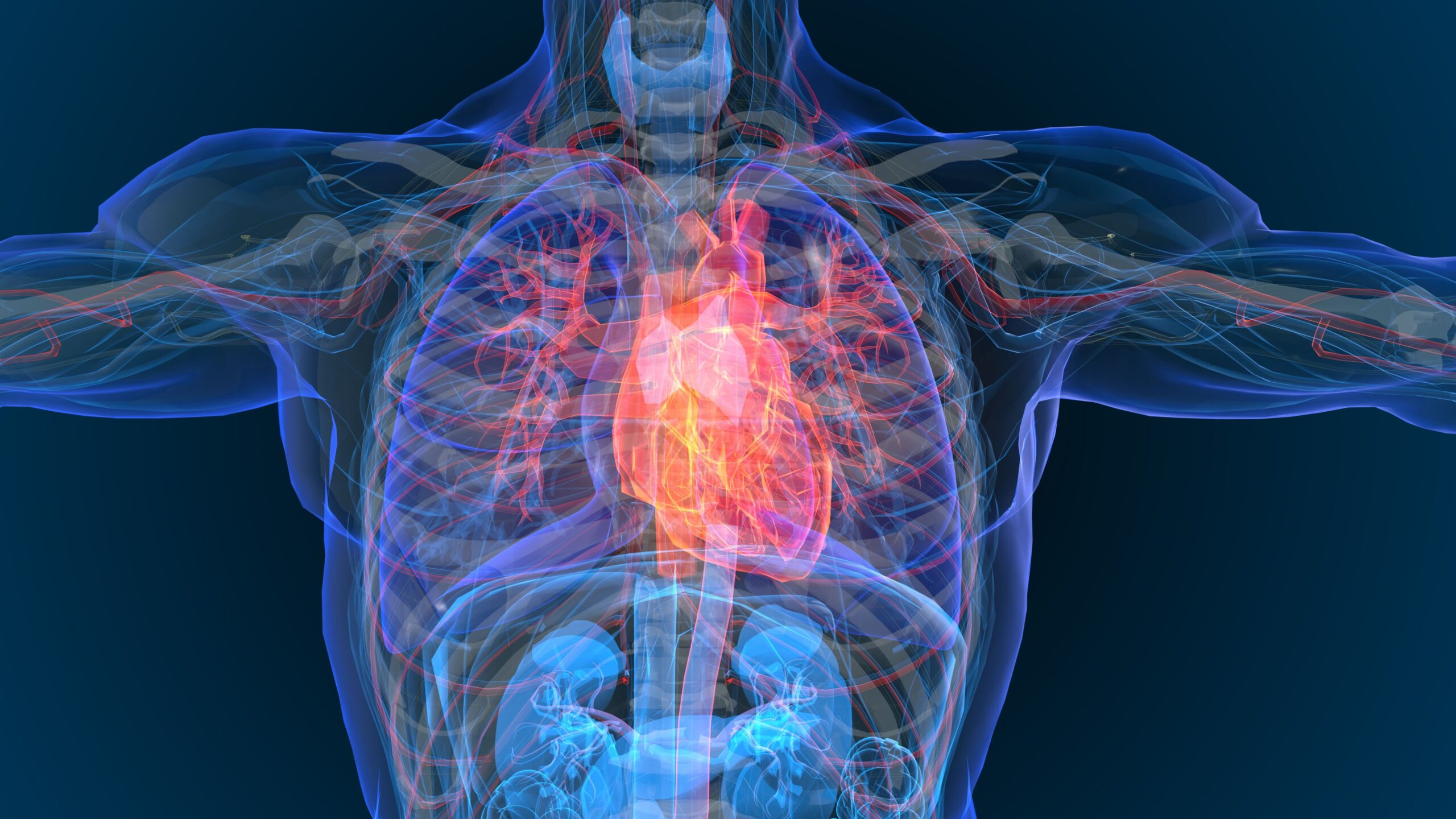
Study Finds Increased Incidence of Cardiovascular Disease Among Patients With Cancer
For patients with cancer, cardiovascular risk was increased, with investigators hypothesizing that there is a relation to altered expression of inflammation and coagulation-related proteins, according to a study published in the Journal of the…
Continue Reading
-
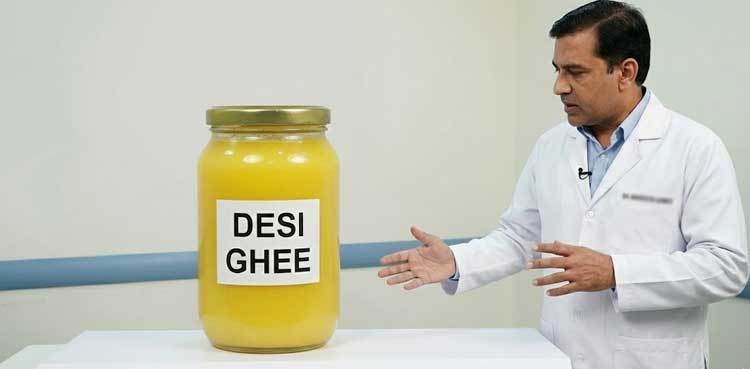
‘Good Fat’ or Heart Risk?
KARACHI – January 2, 2026: For generations, Desi Ghee has been celebrated in South Asian households as a powerhouse of “good fats” and a staple for vitality. However, modern medical experts are now urging a reality check. Speaking on ARY…
Continue Reading
-
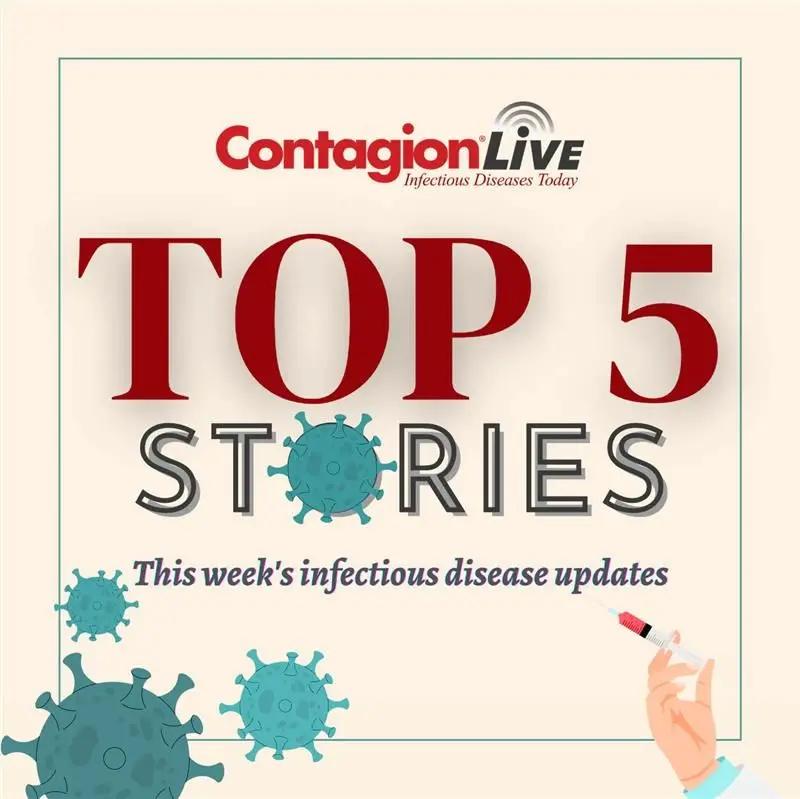
Top Infectious Disease News Stories Week of December 27 – January 2
US Influenza Activity Accelerates Into the New Year as Hospitalizations Rise As the United States enters the new year, seasonal influenza activity remains elevated and continues to increase nationwide, according to the latest influenza…
Continue Reading
-
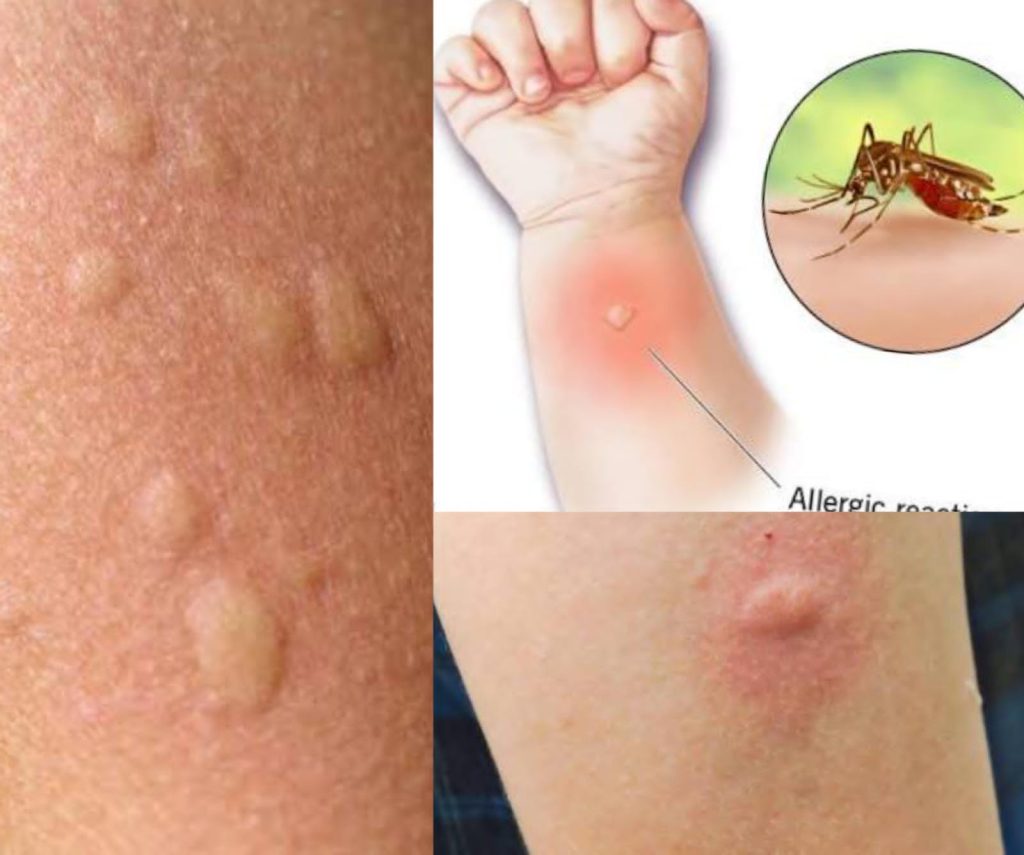
Mosquito Menace Worsens in Latifabad, Residents Fear Disease Outbreak – https://www.dailyindependent.com.pk
Mosquito Menace Worsens in Latifabad, Residents Fear Disease Outbreak – https://www.dailyindependent.com.pk
Continue Reading
-

Panama reports 50% decrease in dengue in 2025
The Panama Ministry of Health report 15,657 dengue fever cases mid-December 2025, while for the same week in 2024, approximately 32,000 cases were registered, reflecting a significant reduction, more than 50 percent.
Much can be said concerning…
Continue Reading

